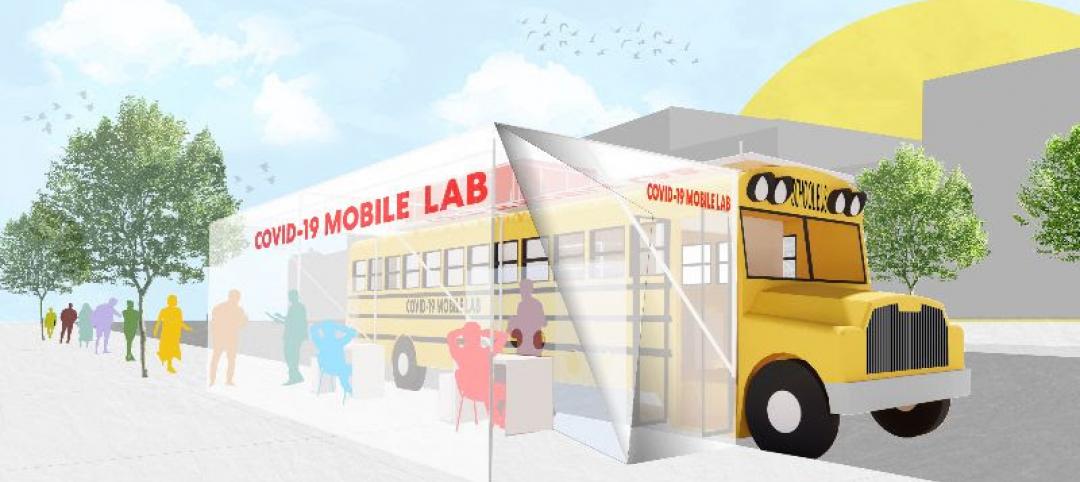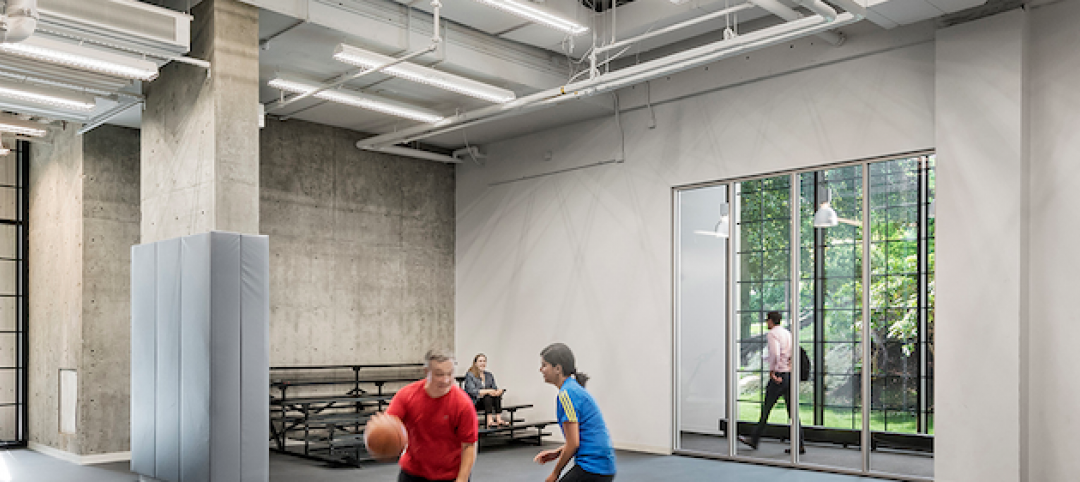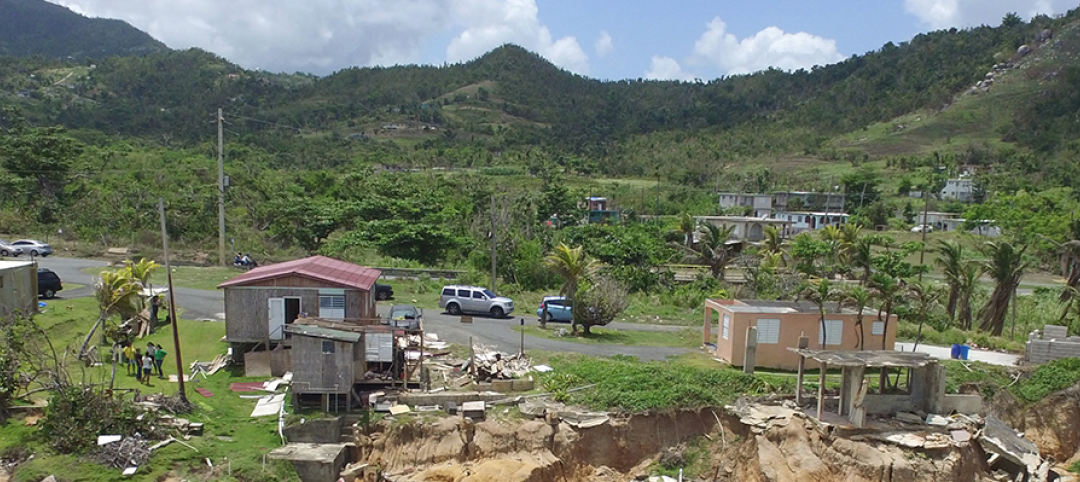How often do you feel unsafe crossing the street? Until moving to Austin, that kind of danger was almost totally unfamiliar to me. Growing up in England, I learned my Green Cross Code. Then I lived in hyper-regulated London for ten years. Just as planners have categorized certain cyclists as Strong and Fearless, I’ve long fallen into some equivalent pedestrian category. So I never imagined I would doubt my confidence there.
Five years ago, after moving to Austin, I began to suspect that I had misplaced my confidence. Aside from the roads being wider and the lack of infrastructure for bikes and pedestrians, there seemed to be some deeper unpredictability in the movement of people, vehicles, bikes, and buses.
Rather than any single event, I noticed a clear degradation of safety characteristics that I had long taken for granted. For instance:
- If you’re not in the roadway, you’re safe. Unless you’re on the sidewalk or grassy section by the road—I regularly saw drivers, anxious to bypass a queue at traffic lights, plow around cars and over the sidewalk or grass.
- Crosswalks are safe for pedestrians…in theory. But in reality, few drivers yield to pedestrians waiting at a crosswalk. There were regular near-misses when a left-turning vehicle didn’t notice a pedestrian. And plenty of times, a stream of drivers, turning right on a red light, would cut off oncoming pedestrians from exiting the crosswalk, leaving them stranded in the middle of the road.
- About 40% of Austin streets don’t have sidewalks. That’s not always a concern on residential streets. But on faster roads, it renders some businesses virtually inaccessible except by car.
- Police understand and interpret the rules in the same way I do. On the other hand, after a free concert in the park, I was cautioned by a policeman for being in the crosswalk—feeding into, if I may speak personally, my dread of finding myself among the fabled jaywalkers.
Sometimes it’s hard to define where ensuring safety ends and law enforcement begins. Which is part of the problem.
I wasn’t alone in my danger—the community was starting to recognize the need for change. In 2012, according to the city’s records, there were 78 traffic fatalities, with a record high of 26 pedestrian fatalities. Of course the city was no outlier. In 2013, according to the CDC, more than 32,000 people died on U.S. roads—that’s roughly 90 fatalities a day. People commonly equate this to a 747 falling out of the sky every week for a year.
But that was 2013. And the progress in the US since then—from my perspective back here in London—has been commendable. In Austin, I attribute this to two key motivating efforts, in which I was a grateful participant: the establishment of an Austin Pedestrian Advisory Council, followed by the creation of a Vision Zero task force. By this point, New York and San Francisco had adopted Vision Zero plans, and we were eager to replicate their success.
Vision Zero, launched in Sweden in 1997, directly challenges the assumption that roadway deaths are inevitable. Part of pursuing any Vision Zero plan is adopting the mantra that even a single roadway death is one too many. Composed of community representatives, the Pedestrian Advisory Council drew together a recommendation for the adoption of a Vision Zero Plan. They also asked a cross-section of stakeholders and safety-minded city departments for buy-in.
The Austin Vision Zero Action Plan is now in its second year, and its mandate is coming through loud and clear, as demonstrated by the document titles alone: the Sidewalk Master Plan, the Strategic Mobility Plan, the Pedestrian Safety Action Plan. Its many programs now offer public officials a cohesive way to link activities and identify common goals, whether in enforcement, education, and engineering, or in collecting and sharing data. However, it is crucial to make sure that the City Council doesn’t take safety for granted, so that their actions sync with their messaging. For example, the first public draft of the 2017 Street Design Manual did not include reference to Vision Zero and only mentioned safety twice.
On the plus side, a $720 million bond was passed last year for infrastructure improvements—not all for pedestrians, sadly—and a portion of funds was allocated specifically for Vision Zero and for the possibility of including Vision Zero practices into other programs, such as corridor improvement plans.
In addition to funding, Austin also has in its favor a grassroots community group, VisionZeroATX, which focuses solely on promoting the plan and its growth. VisionZeroATX was formed to ensure that the Council receives recognition for its positive actions, and to break the silos that can characterize governmental operations. They also recently linked up with a new regional organization, called Farm & City, to work on policies at the state level.
That’s where much of the challenge comes from, as Austin’s efforts and Texas laws are frequently at odds. The state, for instance, prevents cities from reducing speed limits below 25 miles per hour, and recently rescinded Austin’s distracted driving law. Clearly, in the ninth most dangerous state for pedestrians in 2014, there is much left to be achieved.
Still, the next time I visit Austin, I expect to see the effects of a community-wide push for safety. And that is one of the most wonderful feelings of all.
More from Author
Perkins and Will | Sep 19, 2023
Transforming shopping malls into 21st century neighborhoods
As we reimagine the antiquated shopping mall, Marc Asnis, AICP, Associate, Perkins&Will, details four first steps to consider.
Perkins and Will | Jul 20, 2023
The co-worker as the new office amenity
Incentivizing, rather than mandating the return to the office, is the key to bringing back happy employees that want to work from the office. Spaces that are designed and curated for human-centric experiences will attract employees back into the workplace, and in turn, make office buildings thrive once again. Perkins&Will’s Wyatt Frantom offers a macro to micro view of the office market and the impact of employees on the future of work.
Perkins and Will | May 30, 2023
How design supports a more holistic approach to training
For today’s college athletes, training is no longer about cramming team practices and weight lifting sessions in between classes.
Perkins and Will | Dec 20, 2022
4 triage design innovations for shorter wait times
Perkins and Will shares a nurse's insights on triage design, and how to help emergency departments make the most of their resources.
Perkins and Will | Aug 30, 2021
The great re-shuffle & re-think
In this new hybrid environment in which we cater to how our employees work best, how will we manage new hybrid work practices and etiquette?
Perkins and Will | May 18, 2020
Global design firms collaborate on new COVID-19 mobile testing lab to bring testing to vulnerable communities worldwide
Perkins and Will, Schmidt Hammer Lassen Architects, and Arup Group develop scalable solutions for increased testing capacity within high-density and under-served neighborhoods.
Perkins and Will | Jun 7, 2019
Workplace wellness: Top 3 tips for Fitwel certification
How can thoughtful design encourage healthier choices, lifestyles, and work environments?
Perkins and Will | Feb 27, 2019
ResilientSEE: A framework to achieve resilience across scales
Conceived in the Boston studio of Perkins+Will, the ResilientSEE team developed a resilient planning framework that can be applied to other neighborhoods, cities, and countries.
Perkins and Will | Nov 28, 2018
Amazon HQ2 and the new geography of work
The big HQ2 takeaway is how geography and mobility are becoming major workplace drivers.
Perkins and Will | Sep 4, 2018
It takes more than money to fund resilience
Resilient design, much like all projects in the built environment, requires funding.
















